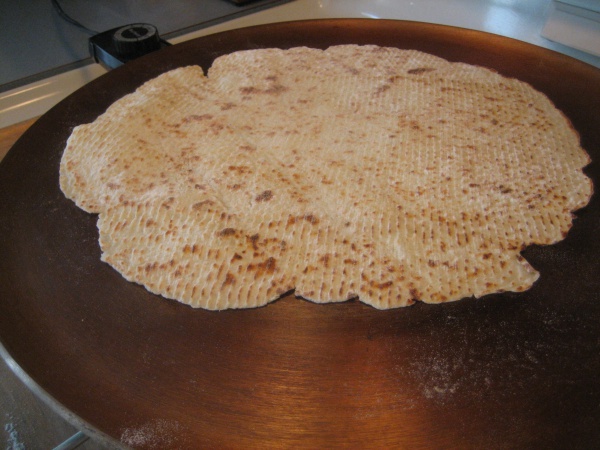Facts About Lefse
Lefse is a cherished traditional Norwegian flatbread crafted from simple ingredients like potatoes, flour, butter, and milk or cream. Typically cooked on a large, flat griddle, it requires unique tools such as long wooden turning sticks and deeply grooved rolling pins. Lefse can be savored in a variety of ways—whether you enjoy it sweet with butter, cinnamon, sugar, jelly, or lingonberries, or savory with fillings like ham and eggs. Throughout Norway, there are diverse regional variations of lefse, including Tynnlefse, Tjukklefse, Potetlefse, Lompe, Møsbrømlefse, Nordlandslefse, and Anislefse.
In the United States, lefse holds a special place among Scandinavian-Americans, particularly around Christmas. Norwegian immigrants brought the tradition with them, and potato lefse became especially popular due to successful potato harvests. It is common to see families preparing large batches of lefse for festive occasions, such as lutefisk dinners. The affection for lefse is celebrated through various festivals across the country, with events like the Lutefisk and Lefse Festival in Fargo, North Dakota, drawing sizeable crowds.
Lefse has also been incorporated into other culinary traditions. Some people use it as a substitute for tortillas in dishes like enchiladas or as a wrap for breakfast burritos filled with eggs, sausage, and cheese. Despite some humorous remarks about its taste, lefse remains a treasured element of Scandinavian-American cuisine. Fun fact: the world’s largest lefse was made in Starbuck, Minnesota, in July 1983.

 Russia
Russia